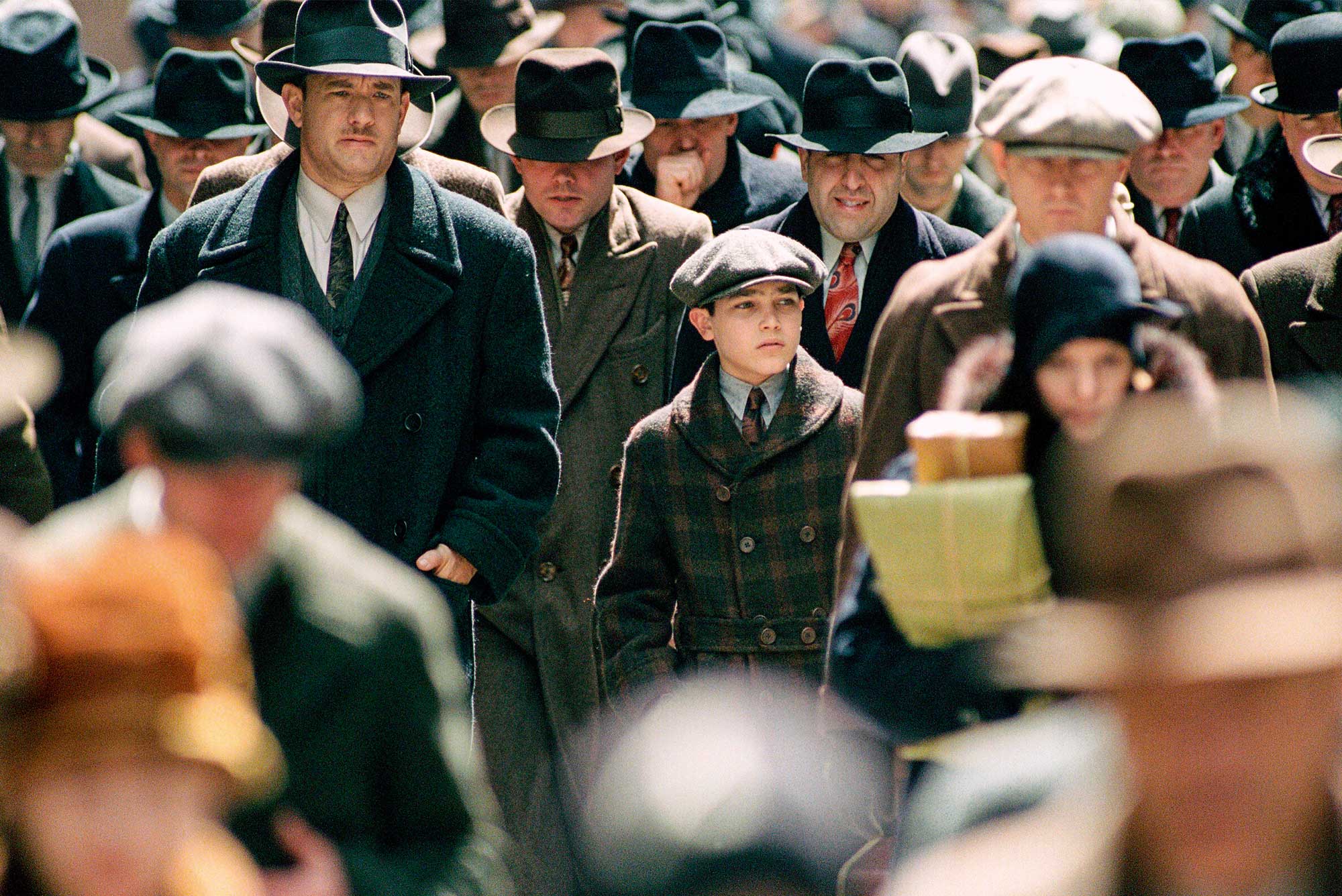Words by ARIANNE PHILLIPS
As told to JEREMY LANGMEAD
Esteemed costume designer and Hollywood Authentic correspondent Arianne Phillips sits down with a man she describes as ‘the costume designers’ costume designer’, Albert Wolsky, to discuss swapping travel agenting for tailoring, working with legendary directors, dressing Diane Keaton and the beautiful mistakes of the classic musical Grease.
Albert Wolsky, 93, is a great artist with a prolific and profound career that has continued to influence and inform culture across multiple generations. His work spans every genre of filmmaking: drama, comedy, science fiction, period, contemporary, musicals, thrillers. From Grease to Galaxy Quest, All That Jazz to The Jazz Singer, Down and Out in Beverly Hills to Star 80, Manhattan to Sophie’s Choice, Across the Universe to The Manchurian Candidate, Revolutionary Road to Road to Perdition, and Birdman to Bugsy, Wolsky has worked with the most influential directors of the last century and this. He has close to 100 films to his credit.
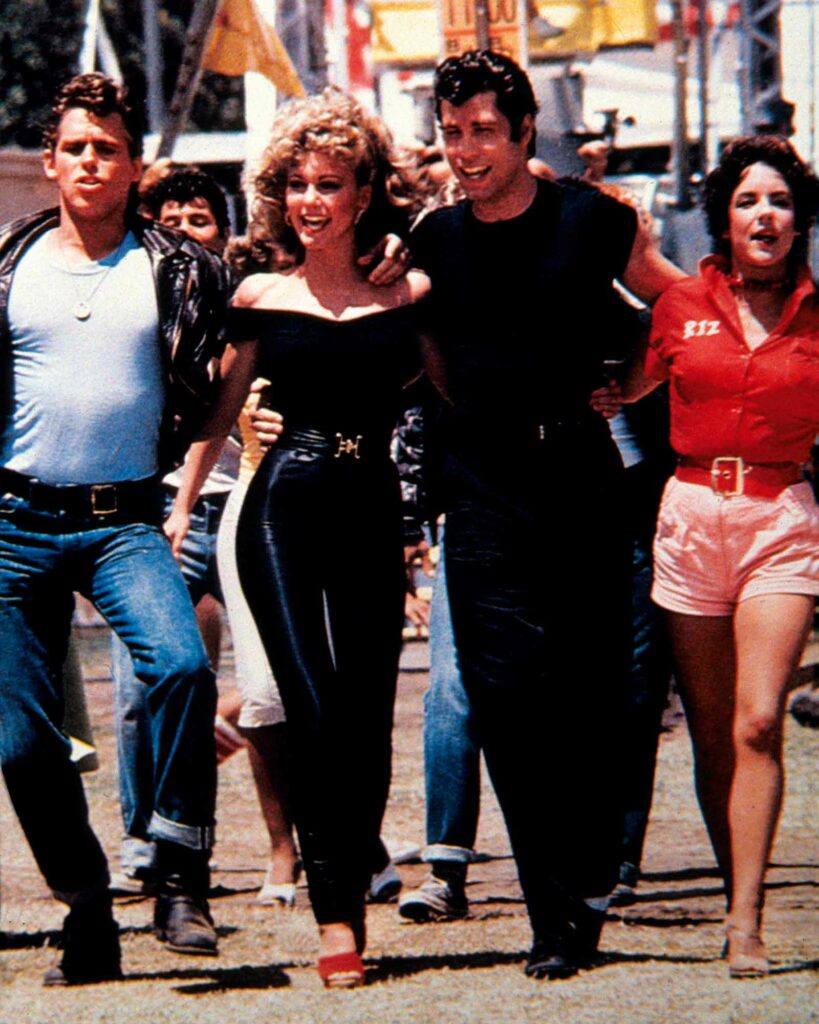
I have a deep respect, reverence and admiration for Mr Wolsky. I’m in awe of his artistry, his vision, his subtle and bold choices, the worlds he creates, and his layered storytelling. He is truly an icon for me and many of our colleagues.
Albert is also incredibly humble, kind, funny, warm and generous. Preparing for our conversation was nerve-wracking, to say the least – where would I begin? How would I be able to do justice to his more than 50-year career? In the end, our hours-long conversation flew by. Albert shared many wonderful stories and memories. I am thrilled to be able to share a part of that conversation with you here.
AP: Thank you so much for giving us your time.
AW: Not at all. You’ve made me reflect, and think back, which I don’t often do, so it’s been very interesting.
AP: And Albert, as you know, we all like to discuss how we can promote or elevate, even celebrate, the art of costume design and stories such as this help us to do that.
AW: Absolutely. It’s very important. Because otherwise you get totally ignored. Even today it’s always a fight to get your name out there otherwise you get swept under the carpet.
AP: I’m so grateful that I got to talk to you today. You are a costume designer’s costume designer: humble, approachable, warm – and the benchmark that we all aspire to. When I was revisiting your resume I was intimidated because the films you have designed have been probably the most influential ones for me, personally. From Where’s Poppa (Carl Reiner, 1970), Lenny (Bob Fosse, 1974) and Harry And Tonto (Paul Mazurksy, 1974)… all these films my parents dragged me to as a kid. And I was especially inspired by your collaborations with Mazurksy. You made 11 movies together…
AW: Well that was a gift. He is the only director I’ve worked with for that long – between 15 to 20 years. I’ve had influential directors – Bob Fosse, of course, and others – but for me Paul Mazurksy was the benchmark. [During his career, Mazursky, who died in 2014, received five Academy Award nominations and two Golden Globe nominations.]
AP: So Albert, how did you get into a career as a costume designer. You came into it quite late I think?
AW: Yeah, I was 30. I never knew what I wanted to do. And I kept sort of wandering along and got through college and then I was drafted, so I went in the army for two years. When I came out I joined my father who was a travel agent. We worked together in New York City for around five years. We got along really well, but I came to realise that he was doing exactly what he wanted to do. He loved it. And I wasn’t. I was getting more and more miserable to the point where I dreaded weekends because I had to come back to work on Monday. So I thought, well, I’ll have to go in and say, ‘I have to leave,’ and he’s going to say, ‘For what?’ And I would need to say something. And because I liked fashion and loved theatre, I thought why not combine the two? I’ll try to become a costume designer for the theatre. Movies hadn’t crossed my mind at that point.
My father was actually very supportive and so I started asking around to see if anyone would let me study under them. I was persistent and eventually someone suggested I should talk to the renowned Broadway costume designer Helene Pons. She was a designer, but she also ran a costume house, and had executed Cecil Beaton’s costume sketches for My Fair Lady in 1956. [Pons worked with everyone from Tallulah Bankhead to John Gielgud; and as well as My Fair Lady worked on original stage productions such as 1949’s Kiss Me Kate and 1955’s The Diary of Anne Frank.]
We met, I did her a favour with some flights she needed for a trip, and she offered me a job straight away. So I left the travel business on a Friday, and I started on a Monday with Helen Pons working on Camelot starring Richard Burton and Julie Andrews. And that was my beginning. For $100 a week, I helped run her studio and learned on the job. And subsequently got to work for and alongside some of Broadway’s most talented designers, directors and actors.
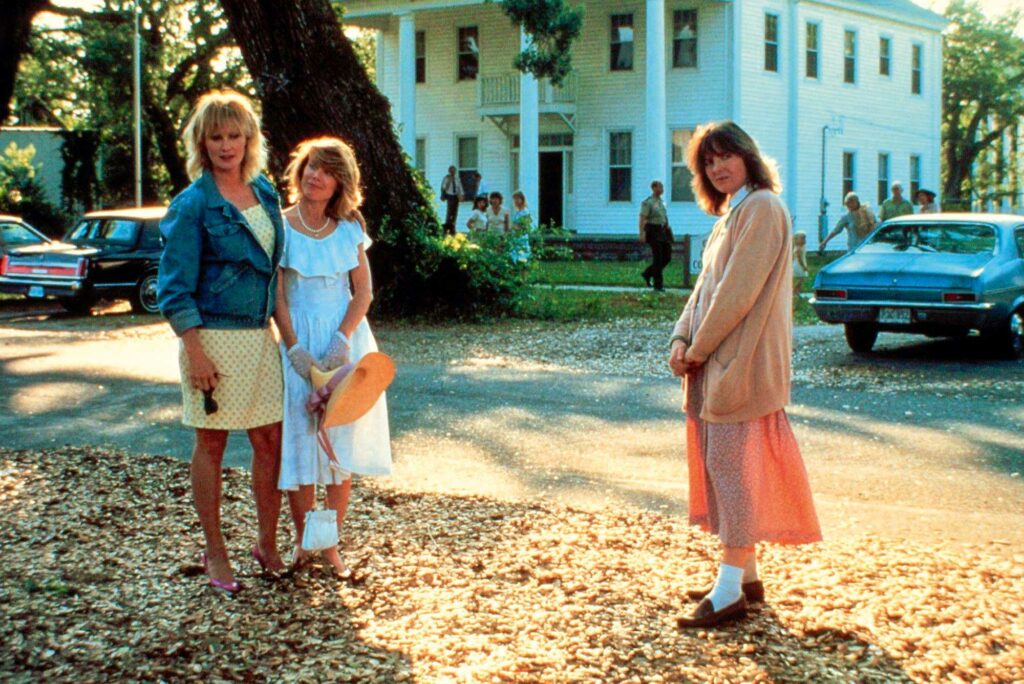
AP: What was the first production you did on your own?
AW: It was a play called Generation in 1965. It was the first time I got sole credit for costume design. And Henry Fonda was the star. And then sometime later I got a call from the costume designer Theoni V Aldredge [whose work included 1974’s The Great Gatsby, Ghostbusters and Addams Family Values] offering me a film. Assisting on a movie is probably a good idea, I thought, so I said, ‘When do you need me?’ She said, ‘Right away. And I don’t want you to assist. I want you to do it yourself as I can’t.’
It was the film version of one of my favourite books, The Heart Is A Lonely Hunter by Carson McCullers. The cast included Alan Arkin, Sondra Locke and Chuck McCann. Alan was a spiritual man; very nice, and he requested me for the next movie that he did. And so we’re off.
AP: How did you find the difference between theatre and movie costume design?
AW: I first noticed it with the fittings. You could always tell in those days whether an actor came from television or from the theatre by the way he looked in the mirror. A theatre actor would immediately start looking for the character. A movie actor would just pick clothes off the rack. The clothes weren’t him, they were just another costume. I try to avoid working that way. And I very rarely had to deal with that in my career.
One of my favourite people to work with in recent years was Jude Law when we were working on Sam Mendes’ film Road To Perdition in 2002. He really invested in time with the costume, hair and make-up teams. We experimented in many different ways for his character to dress and appear. And what we ended up with had nothing to do with what the person he was playing looked like originally. He was so involved with that. It doesn’t happen very often.
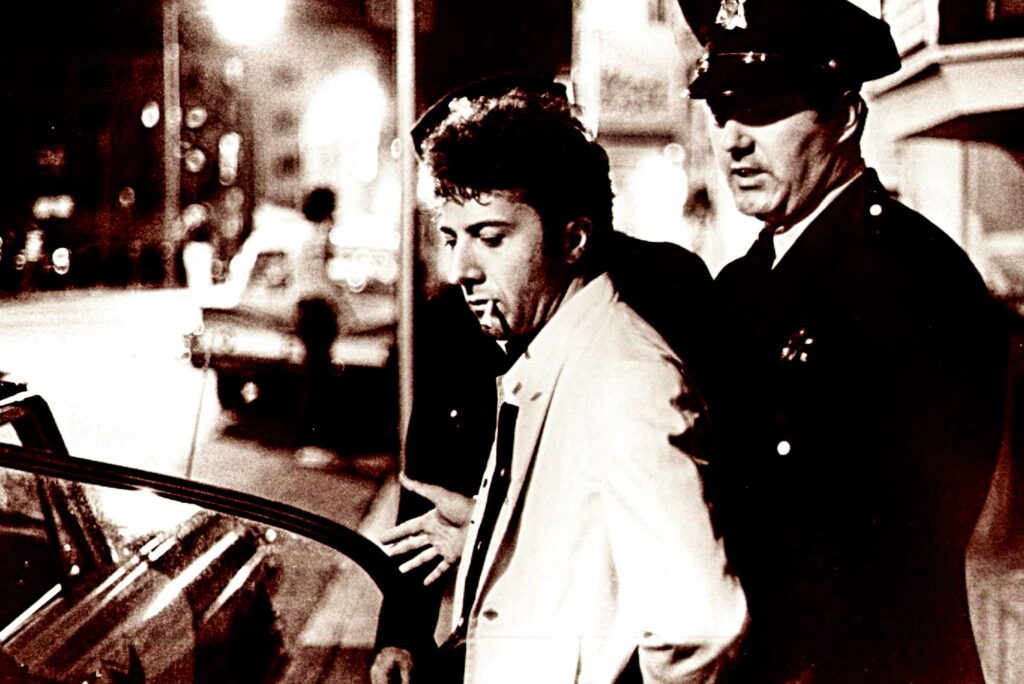
AP: So tell me about working on Lenny, the biographical film about the comedian Lenny Bruce, starring Dustin Hoffman and directed by the legendary Bob Fosse.
AW: Fosse had done two movies, Sweet Charity, in Hollywood, and Cabaret, which he made in Europe. Fosse was not what you would call buddy buddy, he was serious. You never laughed a lot on set with Fosse, but he worked hard. He’d be the first one on set, moving things around, setting up all the camera shots. And he remembered everything. He had that kind of mind. But as far as influence with costumes, it was very free.
We decided we wouldn’t dress Hoffman like Lenny Bruce and after that he didn’t get too involved. I would present my ideas to him and he would say, well, maybe this, or he would say no. It went very smoothly. But he was a true perfectionist. I stepped up a level working for Fosse on Lenny and on All That Jazz.
AP: What do you think made you have such a successful career?
AW: You know, I was starting to reflect a little bit and I thought, I don’t consider myself so brilliant. So how did I do that? I don’t know. When you start out, you’re just glad you’re working. You don’t spend too much time contemplating how or why. But I think I always looked out for a good script, as it gives you ideas, and who the director was. I’m very director oriented. And I’d always hope it was a period piece because I found contemporary very difficult to do.
AP: How come?
AW: Difficult because it then becomes a thing of taste. The other person’s taste, a producer’s taste. There’s so much interference. There’s much less interference in period because they don’t quite know as much. And you can really push harder.
AP: Tell me more about working with Mazurksy?
AW: Oh, we knew each other from New York. And we first worked together on Harry and Tonto in 1974. It starred Art Carney, who won an Academy award for best actor. We worked mostly in New York; Paul preferred it there. Obviously for films such as Down and Out in Beverly Hills (1986) we were based in California.
Paul was very collaborative and would get me involved very early in the process. By the time we started rehearsal, I had had weeks of preparation. And that was a gift. It makes you a better designer, and it makes you able to give more to help the project. Paul was very open to ideas. And smart. What he didn’t know, he picked up very quickly. Being open is so important.
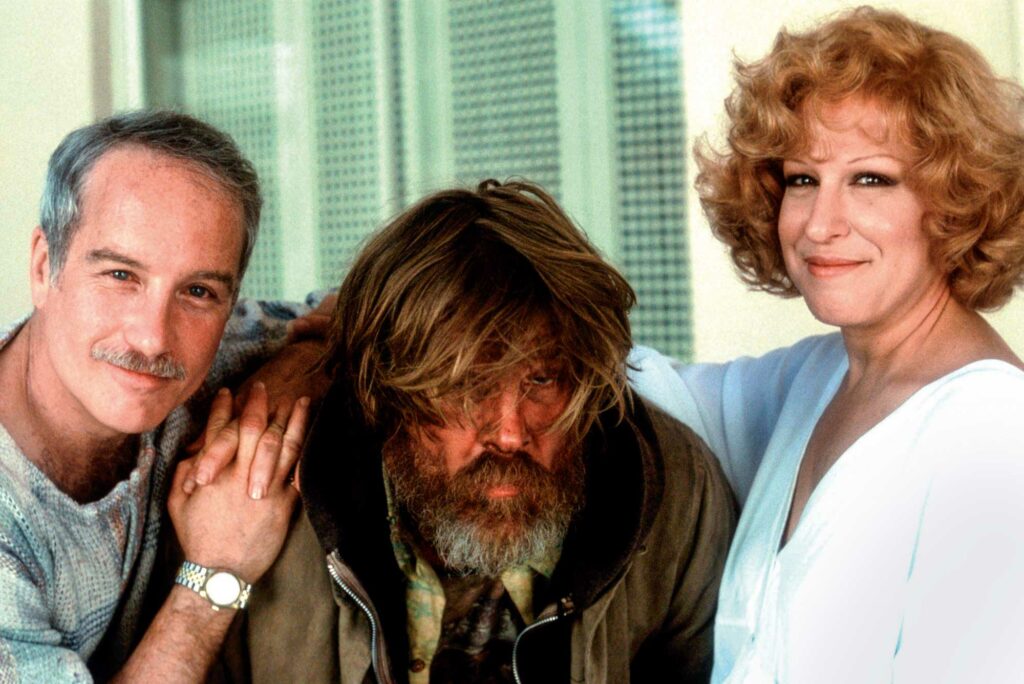
AP: Which other directors have you found collaborative to work with regarding the costume design?
AW: The last great director I worked with in that way, I would say, was Sam Mendes. Road To Perdition, which I mentioned already, with Tom Hanks, Paul Newman and Daniel Craig, as well as Jude – about a mob enforcer in the Great Depression – was a very rewarding experience. Sam was great, a wonderful director.
On the first day of shooting Road to Perdition, there was a scene with 500 people coming out of a factory. And in the afternoon, a bread line of 300 people. That’s a lot of costumes. And as we were setting those scenes up, Sam’s assistant was watching and she came up to me and said: ‘Sam’s going to be so impressed.’ And I said, ‘Well if he doesn’t like them, fuck him.’ Later in the day I get a tug on the arm. It’s Sam. ‘It’s very nice,’ he says. ‘And I understand I have to like it.’
We worked together again on a big crowd costume scene in Revolutionary Road (2008) with Leonardo DiCaprio and Kate Winslet. When DiCaprio is heading to his office in Manhattan from the suburbs of New York in the early 1960s, we had dozens of commuters in similar grey or beige suits and fedoras. Really, that scene was all about the hats.
But you see, you can discover my secret of how I handle some period things. It’s not the exactness of the period, but it’s what people did that helps me. The fact that everybody wore hats. Not every person wore hats then, but for that scene to look right and to tell the story, and to capture the mood, we put everyone in hats.
AP: It’s the thinking like that about costume design that’s important to share. It’s important for people to know what a costume designer does and thinks. It is not just pretty clothes. It’s about storytelling, and it’s about helping the story and helping the director to visualise that story. And if you feel you can help that, it’s a gift for you personally.
AW: Oh, yeah. I think it should always be a collaboration. And it doesn’t matter who gets the credit. I’m not worried about the credit. I’m worried about what we have, what do we need, what do we see, how do we help? And it’s such a joy when it works like that.
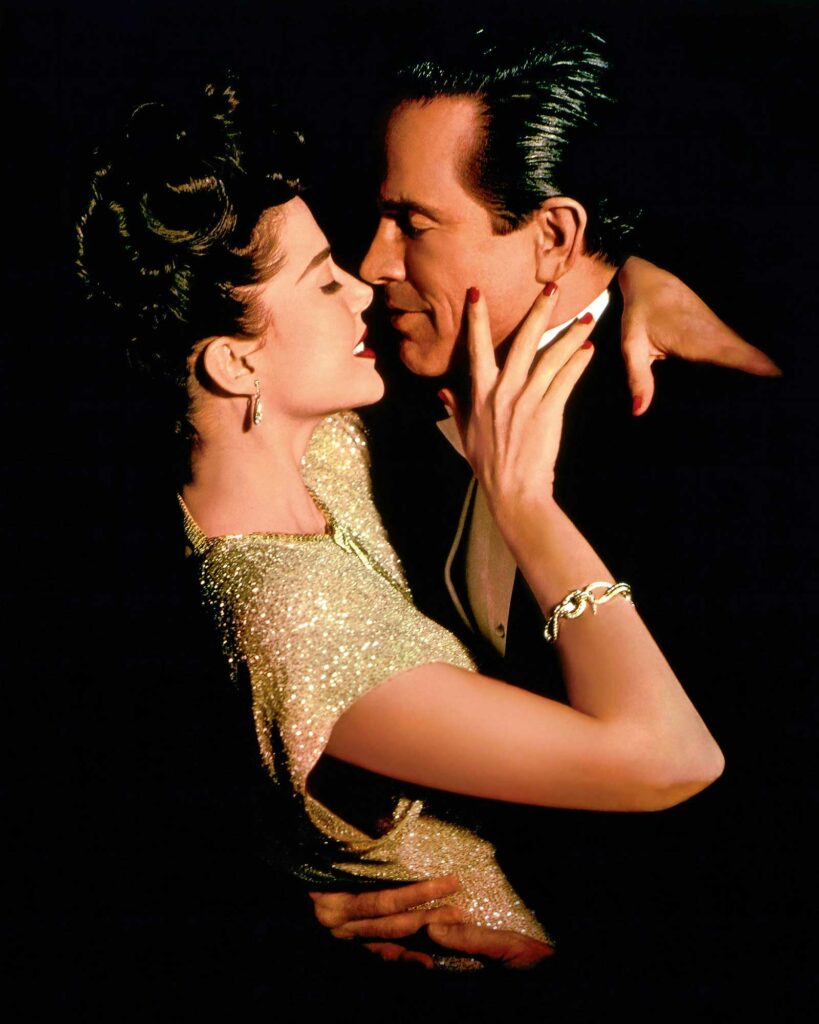
AP: Hats have played an important role in a few of your movies. Didn’t you work with Warren Beatty on Bugsy (1991)?
AW: Warren is a lovely man, very talented, but he’s not comfortable with anybody the first time. He has to work with them a lot before he trusts them. It was wonderful working with him and the director Barry Levinson. And then Annette Bening, who was just at the start of her career. She was very open and it was a joy to dress her. The only problem I ever had with Annette is that she never reacted when looking at herself in the costume in the mirror for the first time.
AP: Are you looking for some sort of reaction?
AW: She never said yes, or let’s just do it, or that’s okay. So I would think what’s missing; something’s missing. And then one day, while we were shooting, as she was walking towards the set and I was behind her, she stood straight and everything about her changed. She opened the door, was ready to act, and that changed the whole costume. It came alive. That was so moving to me, to watch. That’s what was missing at the fitting.
AP: It must have been interesting working with Diane Keaton, who has an amazing dress sense of her own?
AW: I worked with Diane on Manhattan with Woody Allen in 1979 alongside Meryl Streep and Mariel Hemingway. Diane was very influential on how her character looked; especially after Annie Hall had come out. At that point she was Allen’s girlfriend. I learned that Allen was never going to say no to any actor about how they wanted to dress for the role. If an actor wanted to wear a pajama top, that’s what they wore. Which didn’t always make it easy for me.
Diane always dresses as if she’s playing a role. Her whole personality is how she looks. When we filmed Crimes of the Heart together in 1986 (Bruce Beresford directed) alongside Jessica Lange and Sissy Spacek, we were all staying in a resort out of town. Off-set, everyone was dressed down in the mornings except for Diane who would appear at breakfast in a big cape, hat, big cross, looking like a character from a different movie. The other two were so in awe of her. I liked her a lot. She was always in costume.
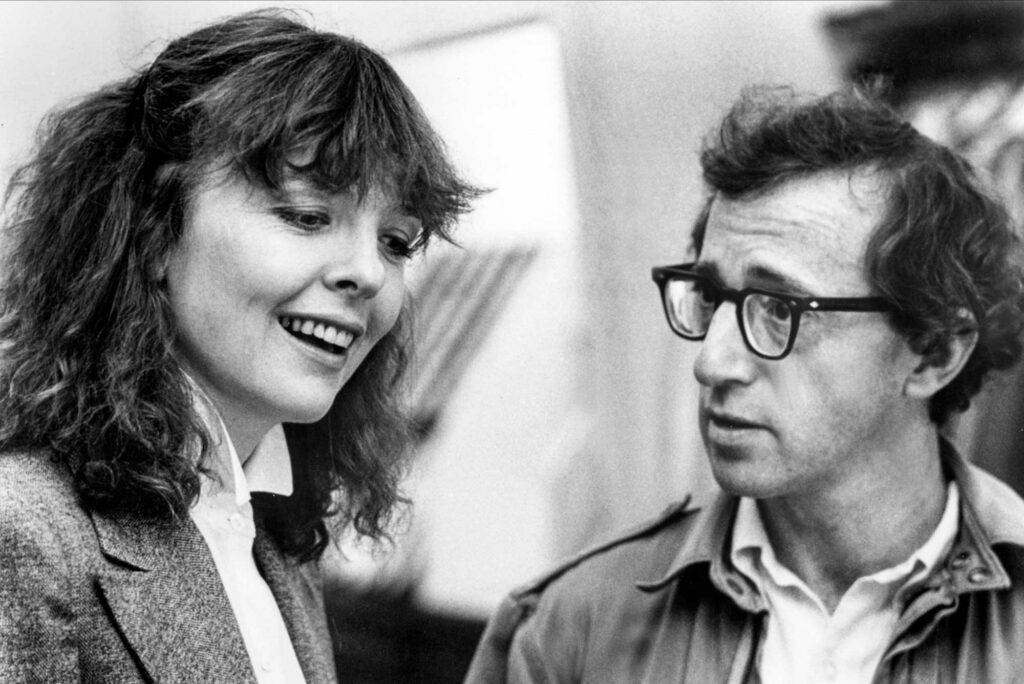
AP: And, of course, you did the costumes for Grease. Costumes that are still emulated and worn by generations who weren’t even born when the film was made in 1978.
AW: In the making of Grease (directed by Randal Kleiser), none of us who worked on it ever thought that it was going to become so iconic. We were just trying to do a good movie. As John Travolta said to me at one of these open-air screenings a few years ago, ‘Albert, do you realise we’re still talking about Grease?’ You know, its endurance and fashion influence is a total surprise; the fact that people now dress in character to go to watch the movie is amazing. It wasn’t what we imagined when making it. I don’t remember if I was trying to make a statement or what. I was just going by numbers. It wasn’t a big budget and the shooting was quite hectic. And everything, everything was off the cuff. The last number… well, we didn’t have a last number when we started the film. I think it was two weeks before they started rehearsing that we were given the script for that scene. But there it was and, all of a sudden, you had to get all the costumes done. In retrospect, the mistakes were better than the non-mistakes. The play was a mess on Broadway, and the movie is a slight mess, but it worked out really well. [It was the highest-grossing live-action musical movie until 2012’s Les Misérables.]
AP: There’s so much more we could talk about, Albert! We will have to continue in person over dinner.
AW: Thank you. You made me feel very good revisiting my work today.
AP: You’ve worked with the most incredible talent because you are an incredible talent. Your extraordinary career is a measure of who you are as a person.
AW: It’s been such a pleasure to be a part of so many stories. It always will be.
Words by ARIANNE PHILLIPS
As told to JEREMY LANGMEAD
All images © 2000 Block 2 Pictures Inc. © 2019 Jet Tone Contents Inc.
Reservoir Dogs / Pulp Fiction / Once Upon A Time in…Hollywood

